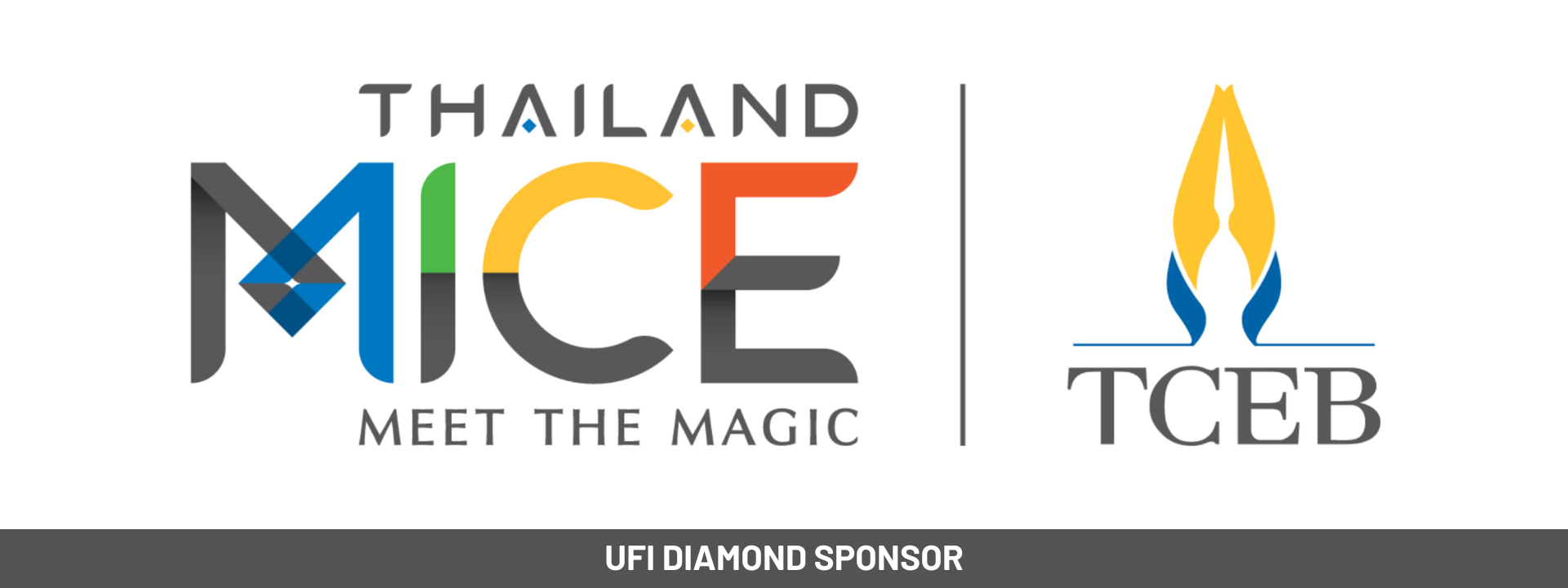
Blogger: Mrs. Jaruwan Suwannasat Director, Exhibition and Events Department of TCEB
According to the recently released World Economic Forum’s Travel & Tourism Competitiveness Report 2017, the number of foreign tourists to Thailand is expected to double to 60 million in the next 13 years. This figure is great news for both exhibitions and the MICE industry.
So the news that Thailand is well into the process of developing its transportation infrastructure – and in particular its railway system – comes as little surprise.
The government, together with various stakeholders in the private sector, is dedicated to making travel in Thailand easier for the increasing number of visitors to our country.
Several major infrastructure projects are already underway with a focus on both urban areas and those further from central population. Two examples can be seen in the integrated highway linkage development – a four-lane highway with expansion into the outer regions – and a widespread rural road development initiative taking place across the country.
A high-speed rail network is already in place to link our capital Bangkok with the northern city of Chiang Mai, with another high-speed railway bringing the region into close quarters with industrial powerhouse cities in southern China. The country is also well underway on key projects such as the Southern Economic Corridor; one of nine economic corridors being established to connect the six countries that comprise the Greater Mekong Subregion.
Because while the focus is on improving the standard of travel within our borders, our nation’s infrastructure development, as elsewhere in Asia, is built around plans to aid cross-border travellers not using air transport.
Thailand is also improving venues and attractions as part of a greater plan to promote the country as a premium MICE destination; in which exhibitions and events play an integral part.
“MICE travellers spend five times more than average leisure travellers,” Mr Pongpanu Svetarundra, Permanent Secretary of Ministry of Tourism and Sports told the Bangkok Post in April. He added that the government expects to receive greater support from the private sector, and in particular for its fundamental infrastructure investment projects.
Mr Svetarundra’s ministry is one of the driving forces behind securing business tourism investment in the region; progress that is hoped to lead to greater accommodation of business events in the ASEAN region.
After all, great efforts must be made to ensure the happiness of 60 million visitors. For exhibition organisers as well as traditional tourists, the 2018 edition of the World Economic Forum’s report should make for increasingly interesting reading.






Leave A Comment